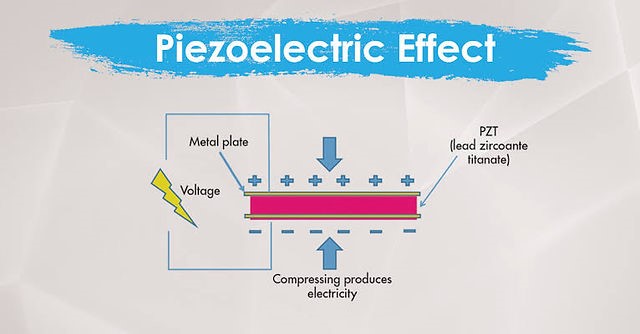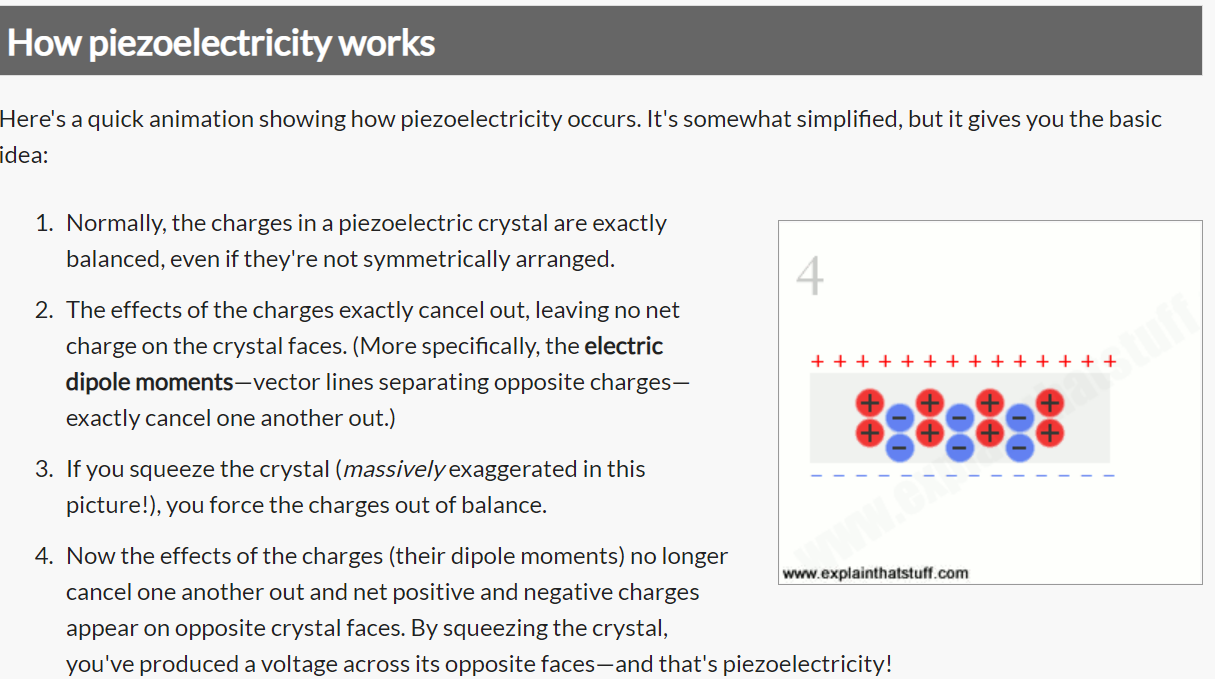Free Courses Sale ends Soon, Get It Now


Free Courses Sale ends Soon, Get It Now



Disclaimer: Copyright infringement not intended.
In News
Details
What is the piezoelectric effect?
Watch: https://www.youtube.com/watch?v=4nbBAG-848c
Discovery
Example
Applications

Why the effect in liquids surprising?
Significance
|
PRACTICE QUESTION Q. What is the piezoelectric effect and what are its day-to-day applications? Briefly describe. |
© 2024 iasgyan. All right reserved